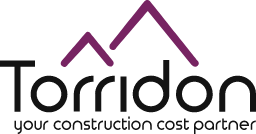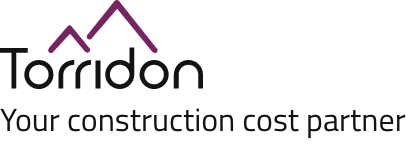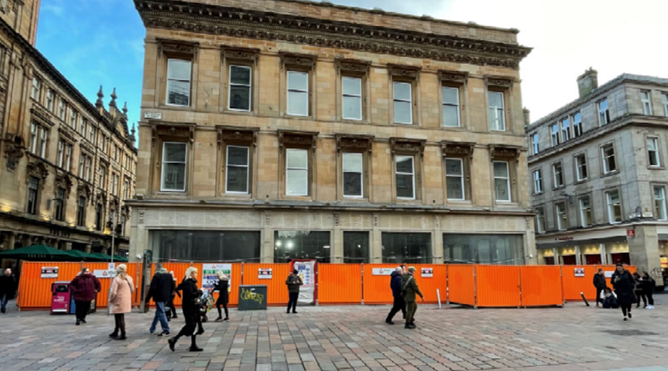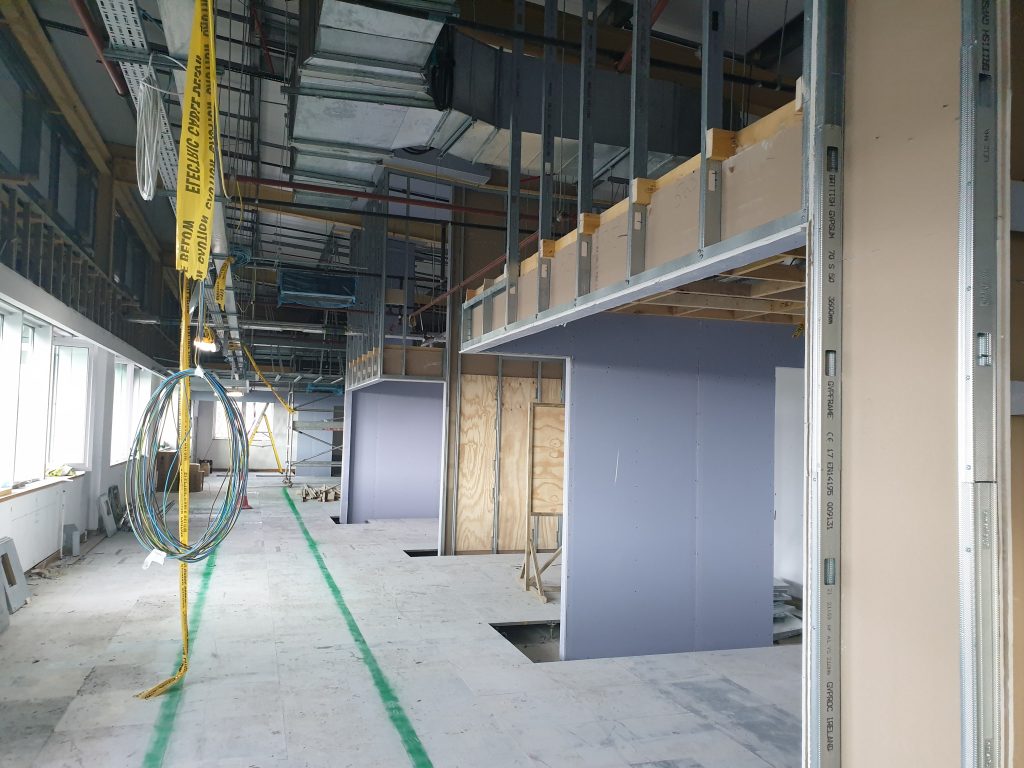
Construction tendering is a crucial step in the pre-contract phase of a project. As an architect, project manager, or building surveyor, you have likely spent months preparing for this moment. The tendering process is where your hard work is put to the test, as you receive market-tested figures from contractors to compare against your pre-tender estimate. In this article, we will delve into the most common mistakes made during the tendering process and provide insight on how to avoid them for a successful outcome.
1) Prepare a Longlist
When selecting contractors for a construction project, it is important to have a clear and effective process in place. One strategy that we recommend is creating a long list of potential tenders that meet the project’s specific requirements. This list should then be presented to the client, who should be asked to choose no more than 4 contractors to move forward with the tendering process. Limiting the number of contractors to 4 or fewer for a main contracting role is important as tendering to a larger number can lead to unnecessary costs and delays in the project. Overall, the goal is to make the tendering process as efficient and cost-effective as possible.
2) Using JCT's Model Project Information Schedule for Effective Tender Communication
The JCT model Project Information Schedule is a valuable tool when tendering construction projects. It clearly communicates important information to potential tenderers, such as a detailed description of the works, the location of the project, the client’s details, and the estimated cost range. This information helps contractors determine if the project is the right fit for them and if they want to submit a bid. Additionally, the schedule includes any requirements for contractors to provide their own design work and key project dates. It also covers important details such as risk and sustainability factors. By using this model schedule, project managers can ensure that potential tenderers have all the necessary information to make an informed decision on whether to submit a bid for the project. This can help increase the chances of a successful tender process and ultimately, a successful project outcome.
3) Pre-tender estimates
Pre-tender estimates are a crucial tool for architects and project managers when it comes to ensuring cost certainty in the construction process. By engaging a chartered quantity surveyor to complete a pre-tender estimate before sending out the tender pack for bidding, you can avoid the potential pitfall of receiving inflated prices from contractors. With a pre-tender estimate in hand, you can accurately compare the prices submitted by contractors and identify any errors or omissions in their bids. This puts you in a strong position to negotiate fair prices and avoid any costly surprises down the line. It also demonstrates to the client that you are taking all necessary steps to ensure the project stays within budget. The fear of cost overruns can be a significant source of stress for architects and project managers, but with a pre-tender estimate in place, you can have peace of mind knowing that you have taken the necessary steps to mitigate this risk.
4) Setting out a separate list of Provisional sums and Prime cost sums in the document
When tendering a construction project in the UK, it is crucial to clearly outline Provisional sums and Prime cost sums in the document. Provisional sums are set aside for items that are not yet fully understood, while Prime cost sums are allocated for specific, defined items such as materials or equipment. By separating these costs, we can avoid unexpected expenses and delays in the project. A great example of when to use a prime cost sum is when splitting out the labour and materials costs for kitchens and bathrooms. This allows the client to have more control over the costs while ensuring a degree of certainty over labour costs.
6) Tender scoring
it is crucial to have a clear scoring system in place for evaluating the tender returns. This should be outlined in the invitation to tender document and should take into account factors such as cost, quality, and experience of the contractor. By being transparent about the scoring process, it allows contractors to understand what is important to the client and tailor their submission accordingly. Additionally, it ensures a fair and impartial evaluation of the tenders received. A well-defined scoring system not only helps to make the tendering process more efficient, but it also increases the likelihood of selecting the best contractor for the project.
7) The Questionnaire
When tendering for a construction project, it is common practice to ask contractors to complete a questionnaire. This questionnaire serves as a tool for the project manager or quantity surveyor to evaluate the contractor’s qualifications, experience, and capability to successfully deliver the project. The questionnaire typically includes questions about the contractor’s past projects, their team, equipment and resources, as well as their Health and Safety and Environmental policies. By requiring contractors to complete this questionnaire, it allows the project manager or QS to make an informed decision on which contractor is best suited for the project and ensures that the chosen contractor has the necessary resources to deliver the project to a high standard.
Summary
In conclusion, the tendering process is a critical step in the pre-contract phase of a construction project. It is a time when architects, project managers, and building surveyors put their hard work to the test as they receive market-tested figures from contractors to compare against their pre-tender estimate. This article has outlined some of the most common mistakes made during the tendering process, and provided insight on how to avoid them for a successful outcome. By following the advice provided, including preparing a longlist of potential tenders, using the JCT’s Model Project Information Schedule, completing a pre-tender estimate, separating provisional sums and prime cost sums, being clear on tendering procedures, implementing a scoring system, and requiring contractors to complete a questionnaire, you can increase the chances of a successful tender process and ultimately, a successful project outcome. If you have any further questions regarding tendering, please feel free to reach out to me directly on LinkedIn or on our website.
Tags: Construction Residential
